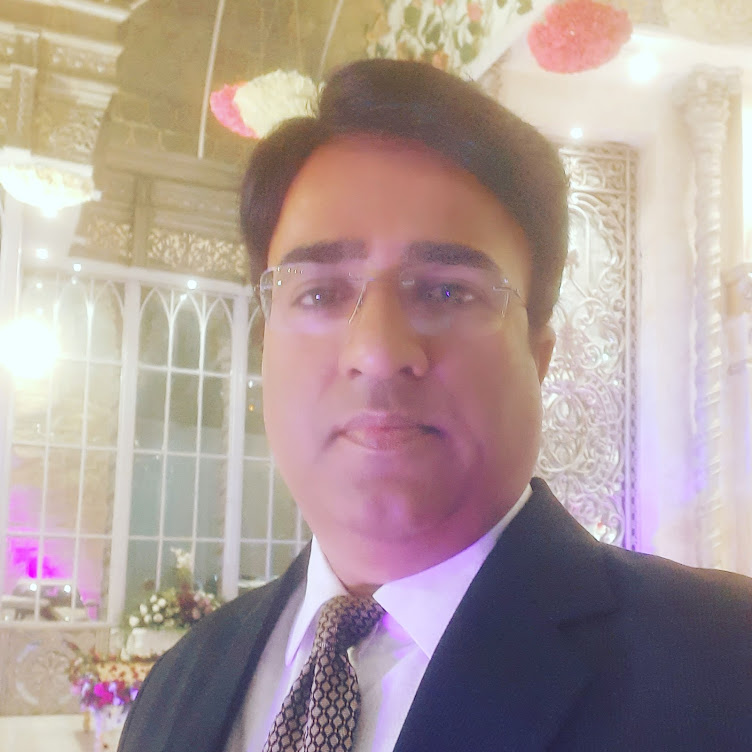The National Legal Services Authority (NALSA) observed Legal Services Day in Greater Noida, Uttar Pradesh today. iOS Mobile App was also launched on the occasion. Shri Justice N.V.Ramana, Chief Justice of India & Patron-in-Chief, NALSA was the Chief Guest for the function. Union Minister of Law & Justice Shri Kiren Rijiju and Shri Justice Uday Umesh Lalit were the guests of honour for the function. Shri Justice Rajesh Bindal, Chief Justice, Allahabad High Court and Shri Justice M.N.Bhandari, Executive Chairman, UP State Legal Services Authority and other dignitaries including Judges, Supreme Court of India, Judicial Officers, etc. shall also be gracing the said occasion.
Shri Justice
Uday Umesh Lalit lauded the students of Maharishi University who launched a
skit on the occasion on the importance of Legal Aid Awareness. He stressed the
importance of the wide dissemination through various modes of communication in
making people aware of people’s constitutional right to get free legal aid. He
wished to eradicate the lack of knowledge on this right so that more people
will come forward to avail of the right. He stressed the importance of the law
students engaging in the legal aid events to eradicate the ignorance about
constitutional rights of the citizens.
Addressing the
gathering, Shri Kiren Rijiju commended the legal services authorities on their
initiatives and measures taken for spreading legal awareness in each part of
the country. He said judges are busy with their work on hearing the cases and
so services of NALSA are required to spread the legal awareness to the
citizens. He expressed happiness in seeing Lok Adalat being conducted and
serving justice on time. He said this brings justice to the doorsteps of the
people. He said more focus should be given to the lower judiciary. He said the
bridge between access to justice and the common man has to be bridged. He said
a strong judiciary is required for democracy to be robust.
He emphasized
on bringing all the Law Colleges & Universities in upgrading their
standards. He said the Government is looking at alternative redressal
mechanisms and other such avenues for the career of law students. He recalled
the Prime Minister’s promise of making India a global hub of arbitration. He
argued for bringing a simple and small law so that the common man can
understand the law easily.
The Minister
mentioned Article 8 of Universal Declaration of Human Rights, 1948 that
provides that “Everyone has the right or an effective remedy by the competent
national tribunals for acts violating the fundamental rights granted by the
constitution or by law.”
He noted that
Article 39 A of the Constitution of India spells out the paradigm for ensuring
justice to all. He said the Constitutional vision of “Equal Justice and Free
Legal Aid” is imperative for a nation whose millions of people are living in
abject poverty. He said having fundamental rights doesn’t make a country great.
People should be aware of the fundamental duties and oblige them. He said a common
man can live a dignified life, if he is given proper legal aid.
Shri Justice NV
Ramana lauded NALSA for spreading legal awareness and upholding justice for the
poor and the needy. He quoted Swami Vivekananda’s mantra “Arise, awake and stop
not till the goal is reached” and said that the skit performed a while ago was
reflective of this mantra. He commended the law students for making the legal
services day a grand success. He expressed happiness for observing legal
services day on such a grand scale.
He recalled the
legal services movement during the period of freedom struggle. He said earlier
the service of legal aid was confined to the courtroom and now it has expanded
to legal awareness, legal literacy, social action litigation, alternative
dispute resolution mechanism, etc.
He said on this
occasion a new building for the mediation centre was inaugurated in the supreme
court premise. He urged the law students to be the voice of those who have none
and be alert about the social problems and act to solve it. He lauded the law
students for disseminating legal awareness among the people. He commended the
launch of the multi-language portal of NALSA thereby extending the reach of the
NALSA. He commended the work of NALSA in spreading legal awareness among the
people.
Hon Chief
Justice of India Justice N V Ramana inaugurated a four day short film festival
on the Legal aid awareness which is being organised under the aegis of the
Chhattisgarh State Legal Services Authority. Over 300 entries have been
received for the festival on Crimes on women and children, drug awareness etc.
Prizes were
also distributed to the winners of the Moot Court Competition and elocution
competition among students of Law Colleges.
